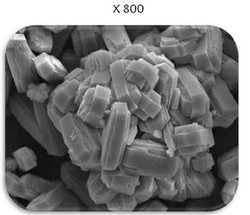Industrial decontamination with sorbents
Sorbents are used to recover everything from oil spills, urine in babies' diapers and toxins in the intestine. To improve the performance of sorbents, particularly in environmental applications, scientists are combining innovations in nanotechnology with the science of sorbents. This involves not only reducing the size of sorbents, but also adding nanomaterials, such as silver nanoparticles, to these compounds. The EU-funded ECONANOSORB (Ecological application of nanosorbents on the base of natural and synthetic ionites and carbons) initiative researched new nanosorbents made from plant waste to benefit both the wood processing industry and the environment. The researchers focused on developing and characterising novel nanosorbents, as well as methods for preparing them. Project partners prepared and studied nanomaterials and their properties related to adsorption and release of industrial contaminants and heavy metals. They went on to optimise methods to prepare the novel sorbents and define their characteristics. The results obtained by this study are promising as the treated nanosorbents showed an increase in adsorption performance. The scientists also developed two methods for treating wastewater from the furniture industry. One method is based on modified clays and zeolites (solid materials with an open structure that can hold water). These effective, low-cost sorbents could treat wastewater that contains formaldehyde and resins. In the other method, researchers used modified clays in the production of advanced construction materials so that less formaldehyde is released by the products. Nanomaterials can also be used to detect industrial toxins. To this end, ECONANOSORB scientists investigated methods for turning the surface of the nanomaterials into sensors. Sorbents are critical components of wastewater and air purification systems, sensors and biomedical devices. The findings of this initiative offer new avenues for improving the effectiveness and sustainability of sorbents and the industries they are used in.







